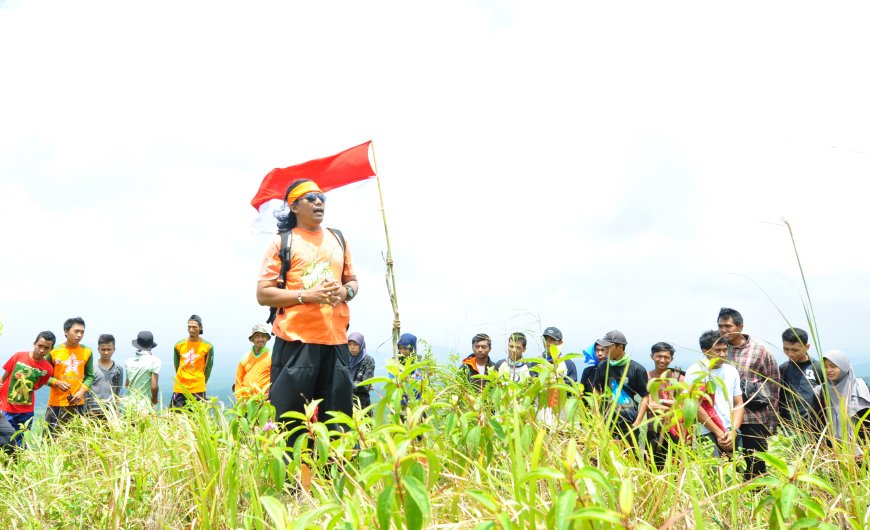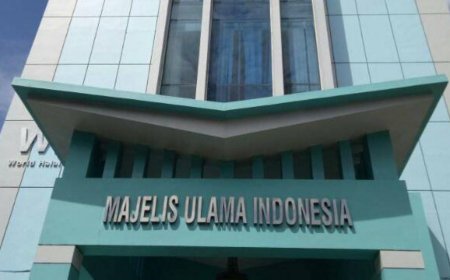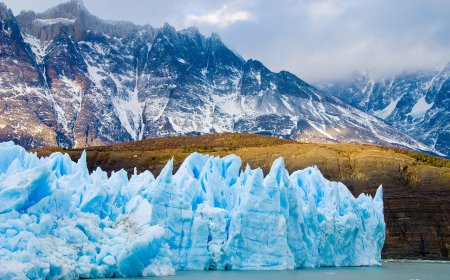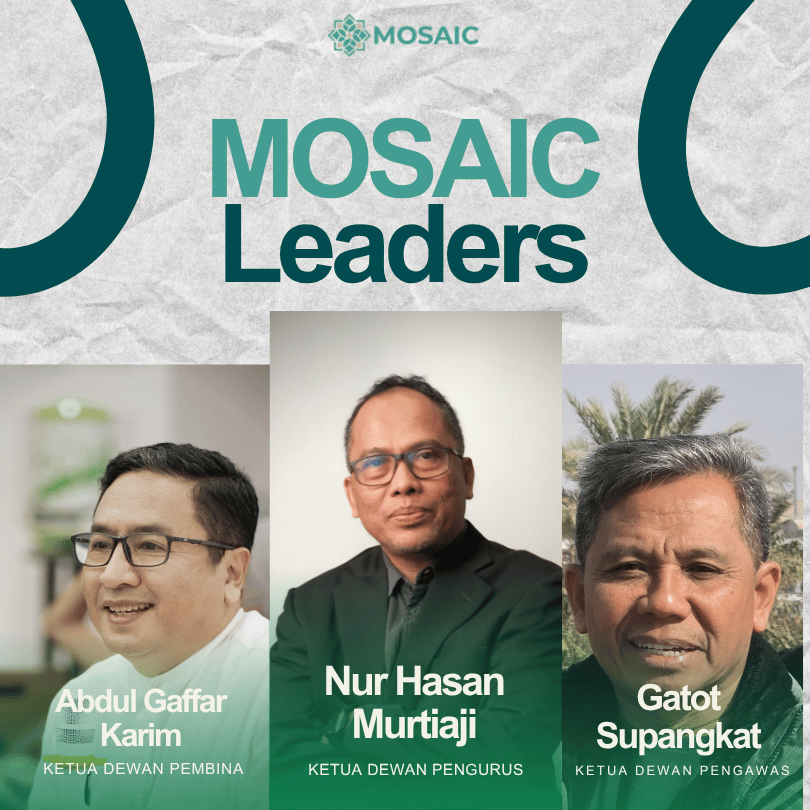Reviving Gunung Lemongan Lake
Gus Aak and Laskar Hijau replant Lemongan forest for ranu to bring out springs again.

MOSAIC-INDONESIA.COM, JAKARTA -- At the foot of Mount Lemongan, dozens of lakes have dried up. The natural pools formed after the volcano erupted have not released water for a long time, especially in drought. As for Ranu, which is still able to have a water source, it is shrinking. One of them is Ranu Klakah which is located near Aak Abdullah Al Kudus house.
The brown-haired man known as Gus Aak became aware of the phenomenon while doing his activities as one of the teachers at an alternative educational institution called Sekolah Rakyat Merdeka.
At the school, Aak made Ranu Klakah an educational curriculum for the surrounding children. All subjects refer to lakes located in Tegal Randu Village, Klakah District, Lumajang Regency, East Java. While teaching English, Aak introduced the ecosystem in Ranu Klakah from the names of the plants, the animals that live in them to the daily activities of the inhabitants in the native language of King Charles.
When entering numeracy lessons, Aak also made various analogies about mathematical stories related to Ranu Klakah such as the depth, diameter and width of the natural lake. “Because every day we learn about Ranu Klakah, we realize there is a reduction in water bills there,” said Gus Aak during a conversation with MOSAIC.
The phenomenon turned out not only to be experienced by Ranu Klakah. According to Aak, of the 24 ranu on the slopes of Mount Lemongan, there are only 13 lakes that have water. The rest stayed in the form of giant basins. In fact, these areas are important for the livelihood of citizens. Its springs irrigate hundreds of hectares of farmland. Not only that, as a village populated by Muslims, Aak says, water is very important for their daily worship. “We should use water, bathe the body, take a janabah bath, all use water,” he said.
Aak then traces the root causes of shrinkage and dryness of the wound. He revealed that the phenomenon occurred due to the forest cutting around Mount Lemongan. It turns out that at that time, the 4th President of the Republic of Indonesia, KH Abdurahman Wahid, had a policy of liberating the forests industrialized by the cronies of the New Order. In one of his speeches, Gus Dur revealed that all these forests must be returned to the people, hence the People's Forest policy was born.
What Gus Durr said turned out to be twisted by the students in the field. They told people living near the forest if all those forests had been returned to the state. They say, “If you need wood, cut the wood. That's the president's order”. “Eventually, people flocked to the edge of the forest that had been destitute for cutting down this tree. There's a wake-up call. Just cut it. They say it's like it's a presidential order,” Aak said.
According to Aak, this is the beginning of the deforestation that occurs in the Java forest from Ujung Kulon to Banyuwangi in a massive and structured way. The forest on Mount Lemongan is no exception. According to Aak, the desegregation took place from 1998 to 2002.
After realizing what was causing the dry areas around his neighborhood, Aak began to move the young men. They formed Green Warriors on December 8, 2008. Through this movement, they planted seedling after seedling in the deforested land, which was noted as a protected forest. The work that Aak and Laskar Green have to do is not easy. There are 2000 hectares of critical land to be farmed. Fifteen years into cultivation, the new Laskar Hijau can green 200 hectares of critical land. The plants chosen are half bamboo and the other half fruit trees. “Bamboo was chosen because it is good at absorbing water while fruit trees to meet the economic needs of residents,” Aak said.
It's just that planting is not enough. Aak needs to raise awareness through religious values that citizens embrace closely. Beginning in 2008, Aak made a Green Maulid which coincided with the Early Rabiul. A month that is regularly celebrated for the birthday of the Prophet Muhammad which falls on the 12th. Through Maulid Hijau, Aak seeks to instill how close Islam is to the environment. “When the prophet was born, the tree that did not bear fruit became fruitful,”he said.
Not only that, the Prophet also had an emotional connection with Uhud. The Prophet (peace and blessings of Allaah be upon him) once turned to Mount Uhud and said, “O Mount Uhud, you shed your love on me, and so do I.” The Prophet also taught that we plant trees because what is utilized from them will be worth alms until the Day of Resurrection. Of Jabir's friend, he said, “The Messenger of Allah (SAW) said: 'No Muslim plants a tree except what is eaten is worth alms, and what is stolen is also worth alms. And no man shall reduce the fruit of his tree, but it shall be of charity to his planters until the Day of Resurrection. '”
Nevertheless, Aak's attempts to make a splash through Maulid Hijau were opposed by local religious figures. The term Maulid Green is even considered heretical. Nevertheless, thanks to the intervention of Gus Dur, Aak continued to step up. Green Warriors can also continue the conservation-themed maulid until the following years.
The efforts he initiated were sincerely rewarded by many parties. Among other things, Aak has been awarded the title of the President's Work Unit for the Development of Ideology of Pancasila in 2017. Aak Abdullah Al Kudus became one of the award winners out of 72 awardees from all over Indonesia. The name Aak Abdullah Al-Kudus shares with Alan Budi Kusuma, the badminton gold medalist of the 1992 Barcelona Olympics and Lisa Rumbeiwas, the silver medalist weightlifter at the Athens Olympics in 2004.







